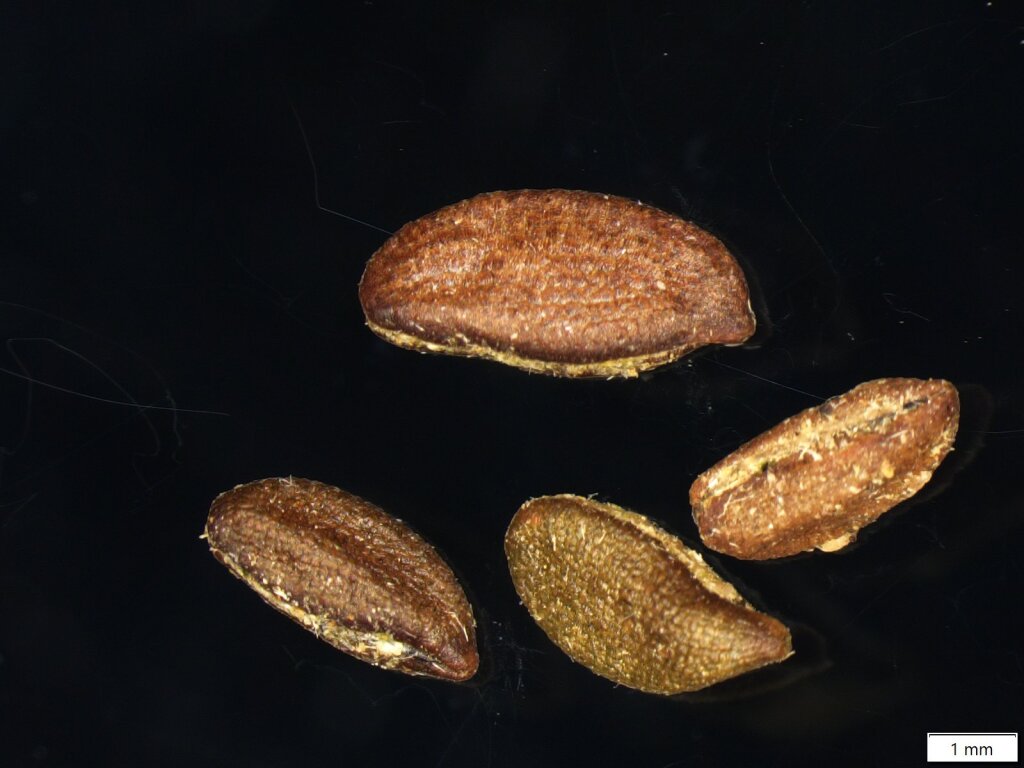Roepera billardierei
(DC.) G.Don Coast TwinleafScrambling or ascending perennial herb or subshrub 30–60 cm high; stems slender, to c. 2 m long, sometimes climbing over taller plants. Leaves 15–45 mm long, green; leaflets articulate at base or continuous with petiole, oblong-elliptic to elliptic, 10–30 mm long, (3–)4–12 mm wide, fleshy, apex rounded or truncate; common petiole narrow. Sepals 4, ovate-lanceolate, 5–9 mm long, deflexed or spreading in fruit; petals 4, obovate-cuneate, 8–15 mm long, apex rounded to emarginate, bright yellow; stamens 8, filaments subulate, lacking wings. Fruiting pedicels 5–15 mm long; fruit a 4-angled loculicidal capsule, obconical, 10–12 mm long, drooping, abruptly truncate at apex with a short, blunt appendage at the upper corner of each angle and a persistent style; seeds 1 or 2 per cell. Flowers mostly Jun.–Dec.
GleP, Brid, VVP, GipP, OtP, WaP, CVU, WPro, OtR. Also WA, SA, Tas. Found in coastal areas west from Wilsons Promontory where found on dunes and limestone cliffs in scrubby vegetation.
Jeanes, J.A. (1999). Zygophyllaceae. In: Walsh, N.G.; Entwisle, T.J., Flora of Victoria Vol. 4, Cornaceae to Asteraceae, pp. 198–207. Inkata Press, Melbourne.
 Spinning
Spinning

